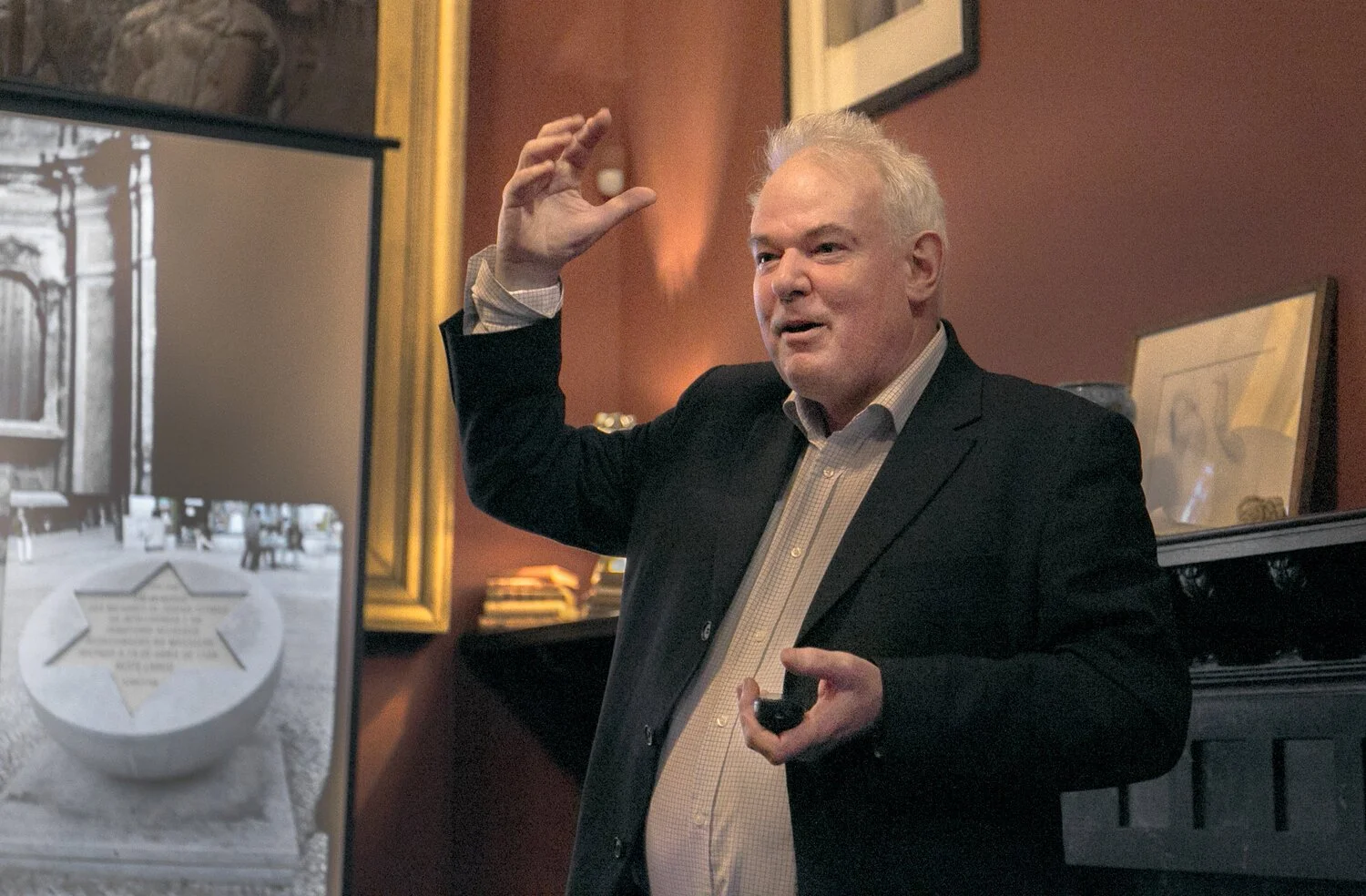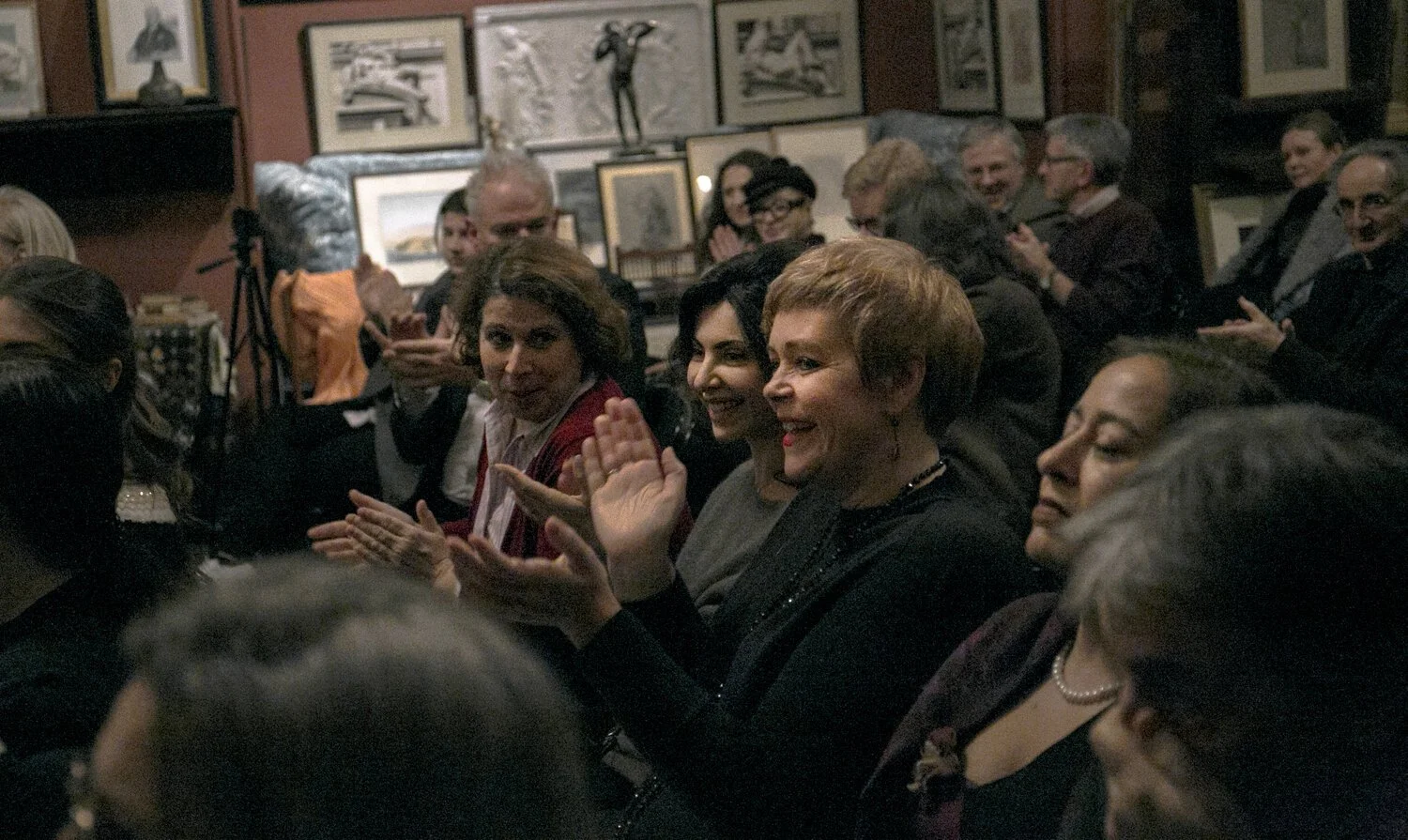IBERIAN RENAIISANCE
November 26, 2019 | Leighton House Museum
Regina Freire soprano
Tomás Matos piano
Illustrated talk by Patrick Bade
Music by
Cláudio Carneyro
Claude Debussy
Federico Longas
Enrique Granados
Xavier Montsalvatge
The historic decline of the Spanish and Portuguese empires hit a low point in 1898 when war between Spain and the United States over Cuba ended in humiliation for Spain and the loss of its last colonial possessions. Some blamed the US intervention on home-grown press sensationalism: according to legend, newspaper proprietor William Randolph Hearst cabled the illustrator Frederic Remington (whom he had sent to Cuba) saying, ‘You furnish the pictures, and I’ll furnish the war.’ That same year, Britain (‘Perfidious Albion’) betrayed its oldest and most faithful ally by entering into talks with the German Reich about loaning money to Portugal, and dividing its remaining colonies between them if the loan could not be repaid.
In Spain, however, the shock of the 1898 defeat is credited with inspiring a cultural rebirth, though the glorious Catalan renaissance familiar to the world through the architecture of Antoni Gaudí and Lluís Domènech i Montaner, the art of Ramon Casas, Santiago Rusiñol and the young Pablo Picasso, and the music of composers such as Albéniz, Granados and Montsalvatge had longstanding roots in Catalan separatism.
It has sometimes been claimed that the greatest Spanish music was written by Frenchmen (Bizet, Lalo, Chabrier, Debussy and Ravel). This may be true, but there was certainly a rich interchange of ideas between French and Spanish musicians in this period, with Debussy and the Catalan pianist Ricardo Viñes playing key roles in that process.
Portuguese culture is best known to the world for the melancholy genre of fado and for its brightly coloured azulejos (ceramic tiles). Its classical music is little known beyond its borders, and our concert will be an opportunity to discover some of its treasures.















